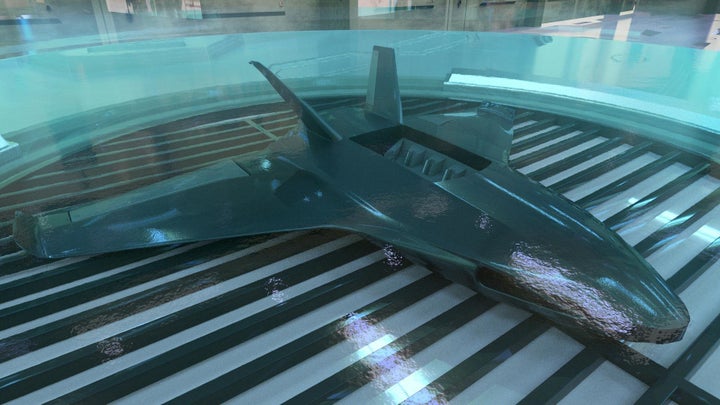
BAE Systems and the University of Glasgow are exploring the possibility of “growing” military drones in a lab in a bid to rapidly accelerate the manufacture of the unmanned vehicles.
3D printing has already led to significant advances in building drones but such a development, which is still a long way off, would represent a major leap for the manufacturer.
BAE has disclosed very little information about the technology beyond a terrifying animation that shows drones emerging from a sort of chemical sludge.
The so-called Chemputer™ would “grow” aircraft and some of their electronic systems from the molecular level upwards using environmentally sustainable materials, according to BAE.
Lee Cronin at the University of Glasgow, who is developing the Chemputer™ said: “This is a very exciting time in the development of chemistry. We have been developing routes to digitize synthetic and materials chemistry and at some point in the future hope to assemble complex objects in a machine from the bottom up, or with minimal human assistance.
“Creating small aircraft would be very challenging but I’m confident that creative thinking and convergent digital technologies will eventually lead to the digital programming of complex chemical and material systems.”
The deployment of drones for military purposes has proved controversial. The White House claimed over the weekend that it had killed up to 116 civilians outside warzones. But the London-based Bureau of Investigative Journalism claims that as many as 966 civilians, including up to 207 children, have been killed through US drone attacks since 2004 in Pakistan alone.
Story by: Oscar Williams
